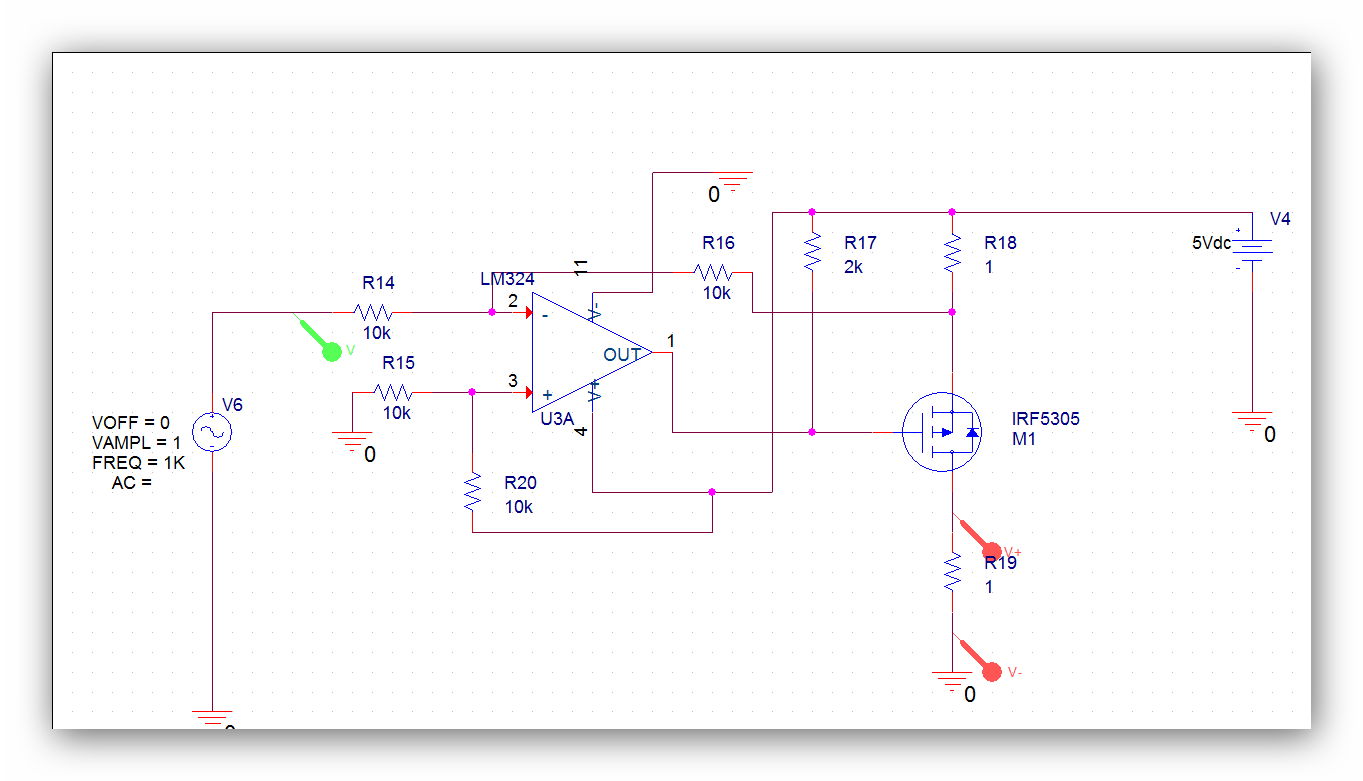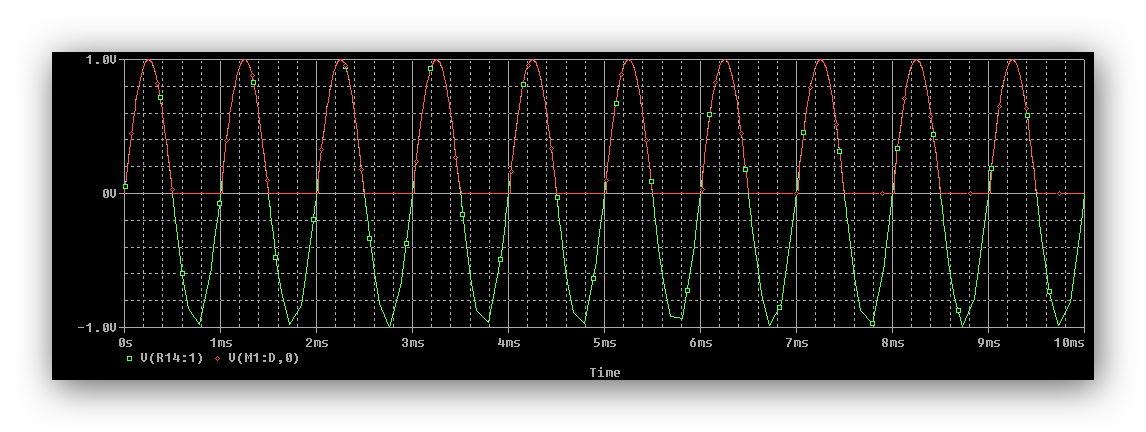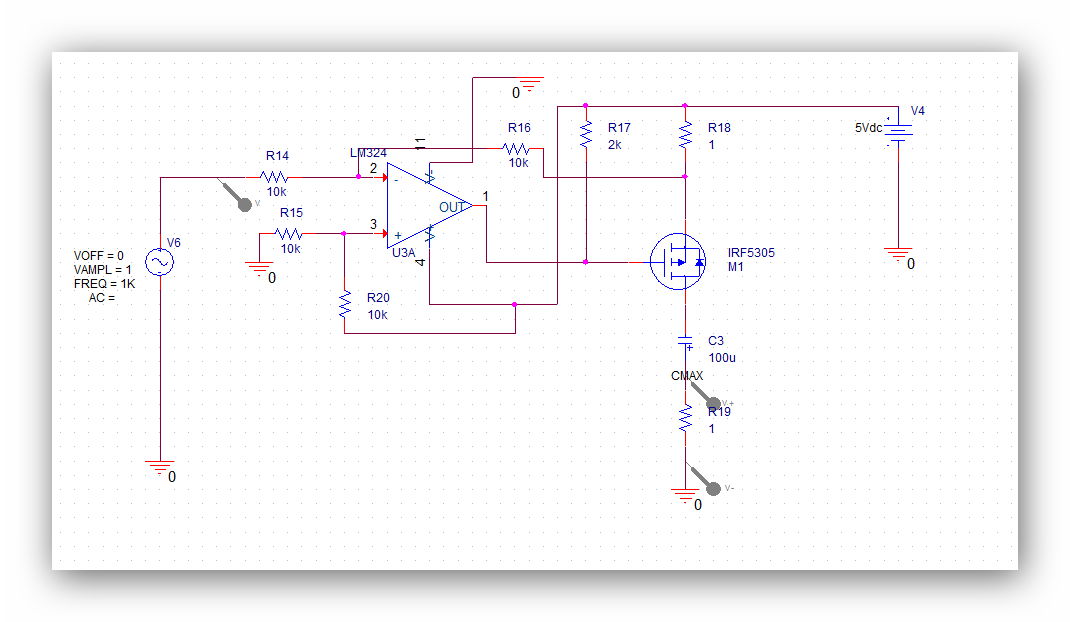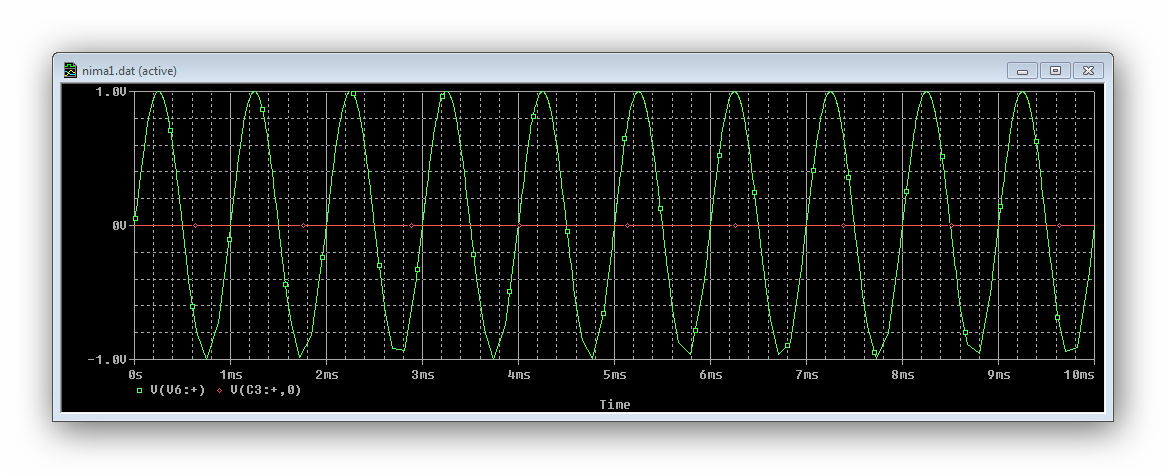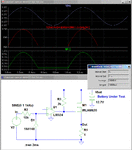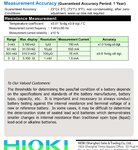nima_1981
Member level 3
- Joined
- Apr 22, 2010
- Messages
- 61
- Helped
- 0
- Reputation
- 0
- Reaction score
- 0
- Trophy points
- 1,286
- Location
- Ocean Mind
- Activity points
- 1,877
In Fact the load is Lead-acid Battery . I want to measure Internal Resistance Of battery and SOC & Soh Did You have better solution , i inject Ac current to battery and measure Ac Voltage from that then Ac Voltage/Ac Current is : Internal Resistant .Pls advise. What is the purpose?
What is the real source & load impedance ?
